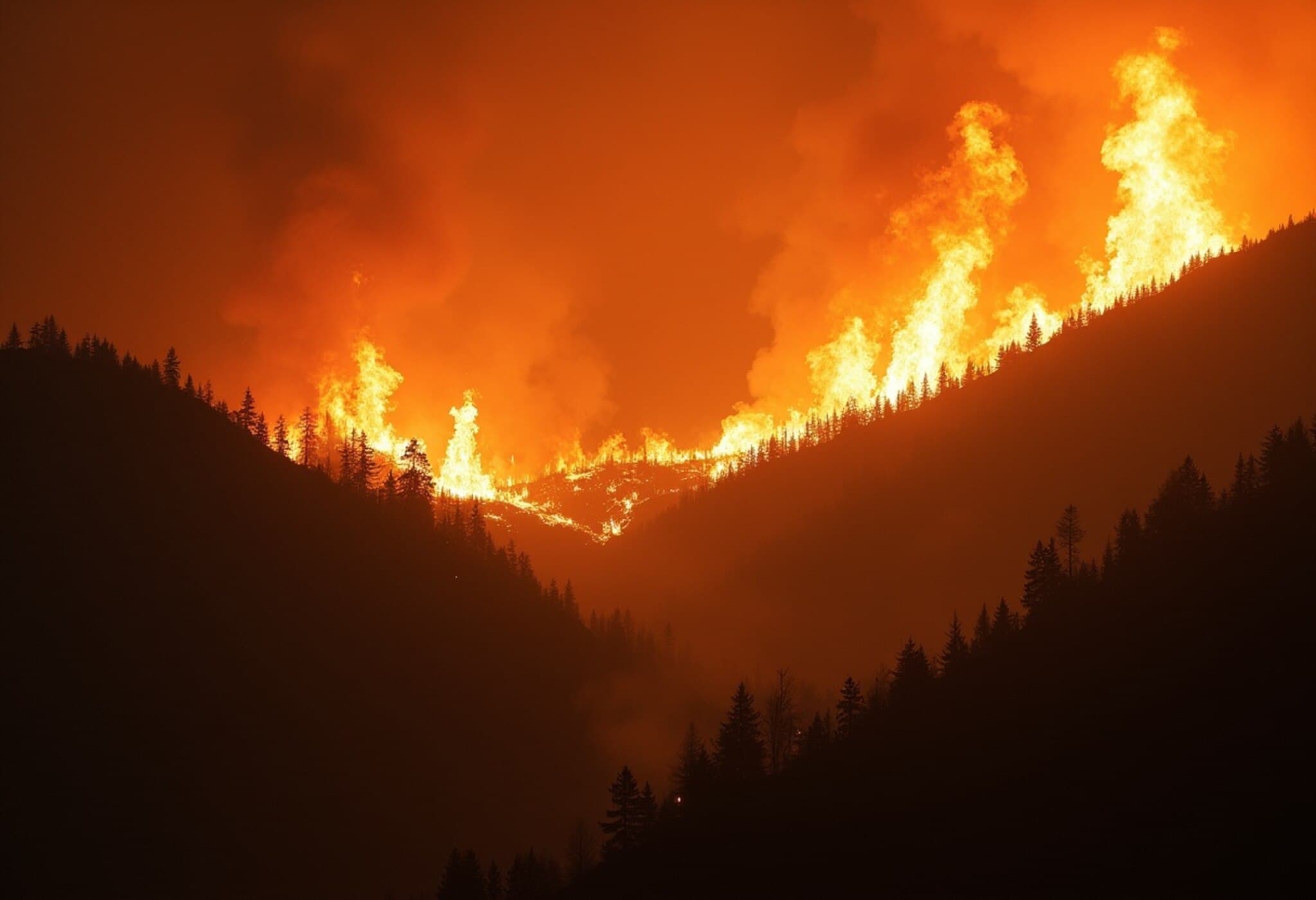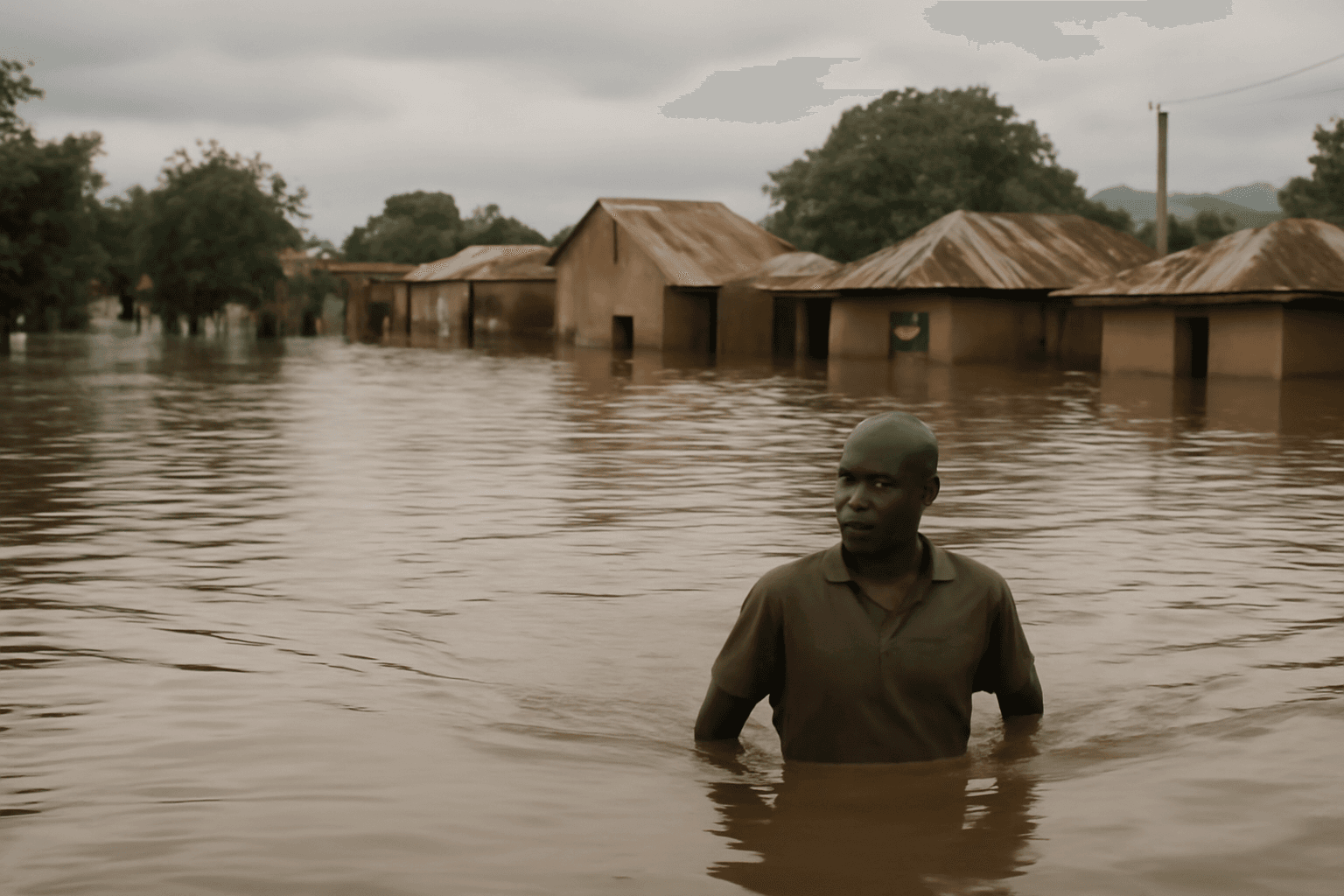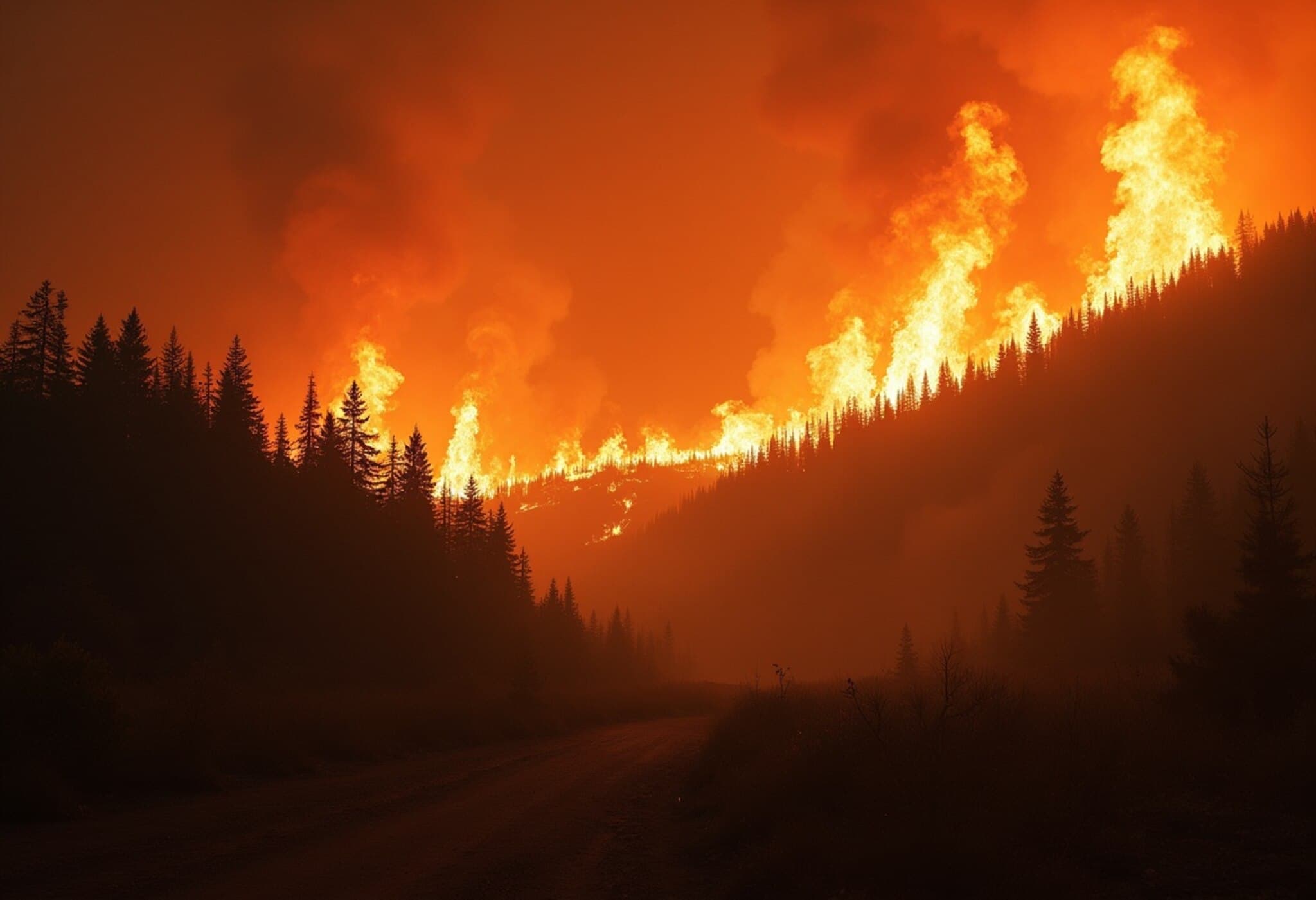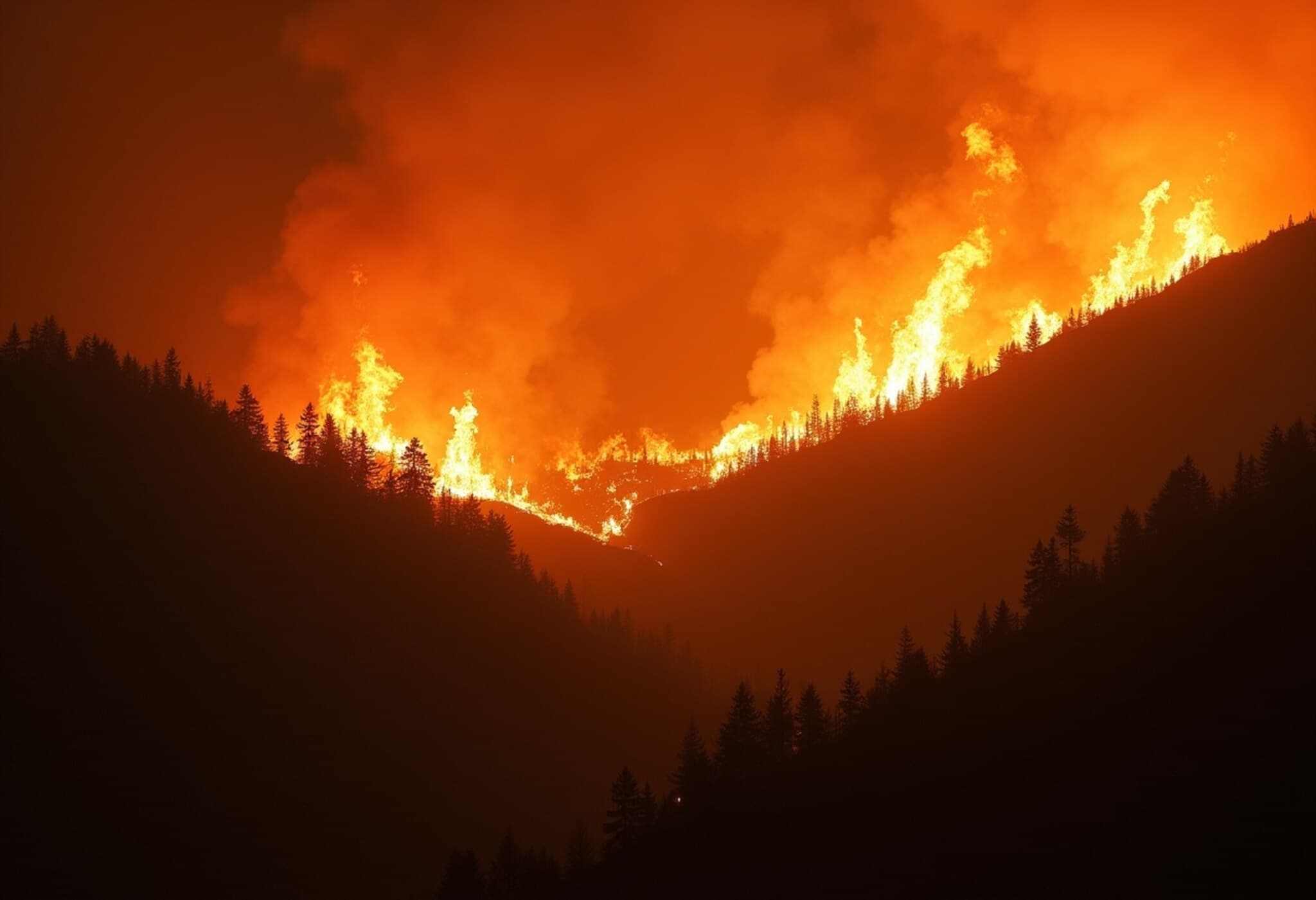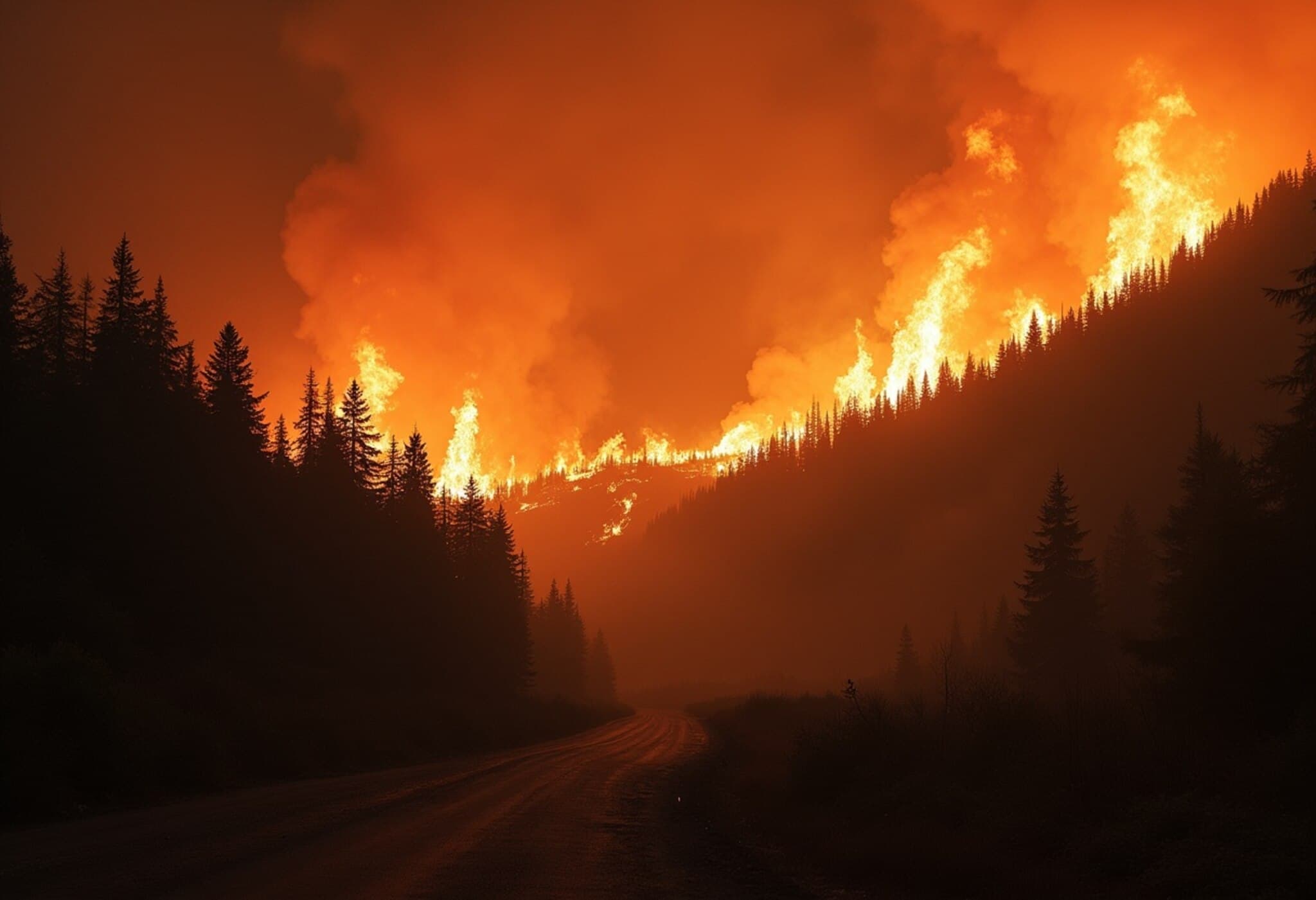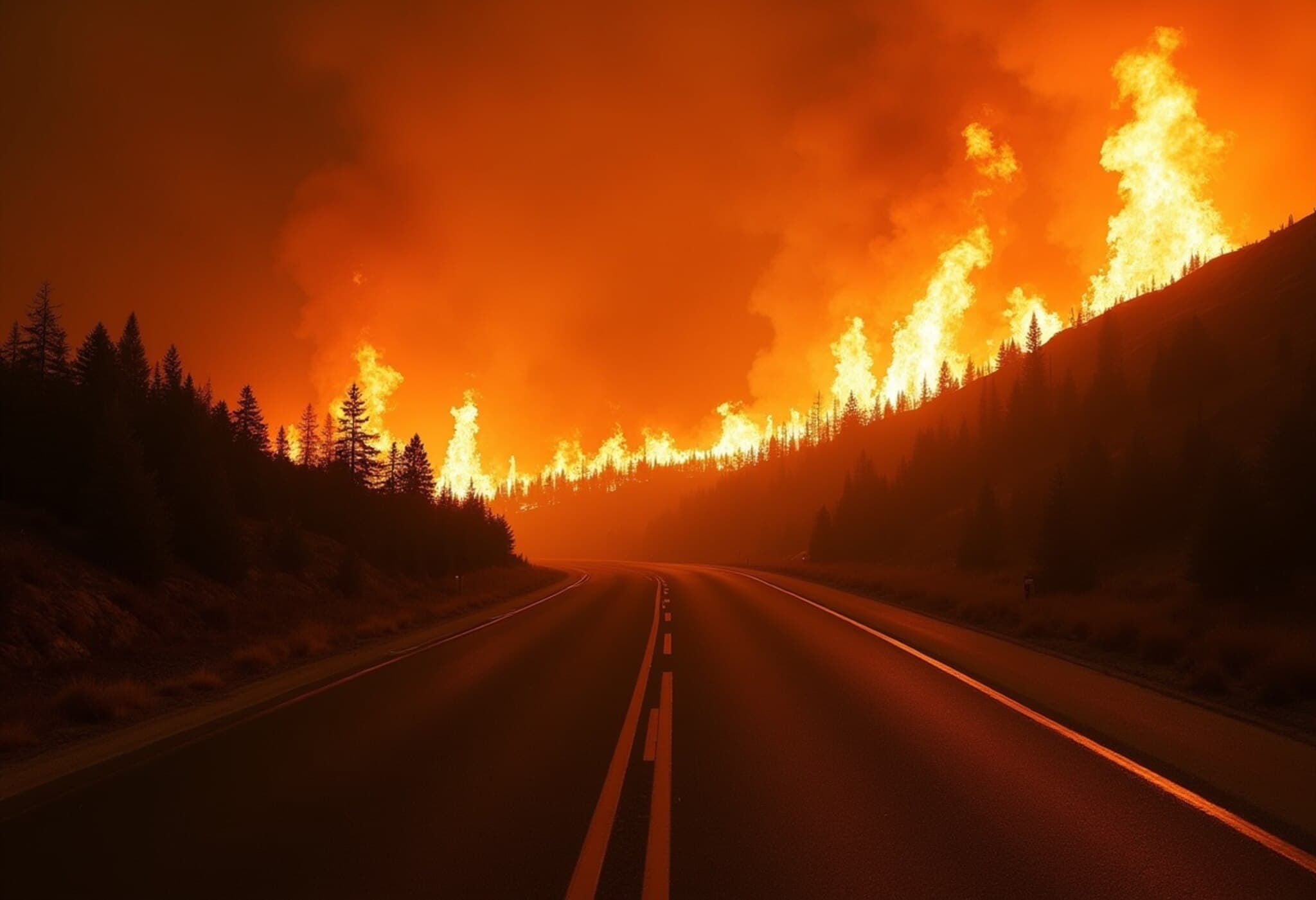Urgent Evacuations as Wildfire Rages Along Los Angeles County Border
On August 9, 2025, a rapidly spreading wildfire ignited in the mountainous regions bordering Los Angeles County, California, prompting emergency officials to order thousands of residents to evacuate immediately. The fire’s swift advance through dry brush and rugged terrain has raised alarms about potential widespread damage and threats to life and property.
Current Situation and Response Efforts
Authorities reported that the blaze started earlier in the afternoon under hot, dry conditions exacerbated by persistent drought and strong winds—factors that have historically fueled California’s wildfire crises. Firefighters from multiple agencies are working around the clock to contain the flames, deploying aerial water drops and creating containment lines, but the rugged landscape poses significant challenges.
So far, no fatalities have been reported, though several residents have sustained minor injuries during evacuations. Shelters have been promptly established by local agencies to support those displaced, offering food, water, and medical aid.
Why This Wildfire Matters: Beyond the Flames
This incident serves as a stark reminder of the growing wildfire risks facing California and the broader American West. Climate change continues to extend wildfire seasons and intensify conditions favorable to such destructive events.
Moreover, this fire highlights persistent vulnerabilities in urban-wildland interfaces—areas where homes and businesses abut wild spaces—and raises questions about land management, community preparedness, and emergency infrastructure.
Expert Insights: Challenges and Considerations
Dr. Hannah Martinez, a wildfire ecology specialist, explains, "This fire exemplifies how climate-induced drought and changing weather patterns are rewriting fire behavior in California. We must invest more strategically in resilience, including controlled burns, improved land use planning, and community education to mitigate these frequent disasters."
On the policy front, the increasing wildfire threat is prompting debates in Washington about federal funding for mitigation, the role of utility companies in fire prevention, and the environmental consequences of aggressive firefighting practices.
What Residents and Investors Should Know
- Evacuation orders remain mandatory—residents near the fire zone should prioritize safety and comply with official instructions.
- Insurance implications: Homeowners in wildfire-prone areas face rising premiums and potential coverage challenges.
- Community impact: Displacement and infrastructure damage can lead to long-term economic and psychological effects.
Looking Ahead: Building a Fire-Resilient California
As climate change continues to shape the American landscape, California’s wildfires are a call to action. Stakeholders, from policymakers to local residents, must collaborate on innovative solutions that balance environmental stewardship with community safety.
Investments in early warning systems, sustainable land management, and public awareness campaigns are crucial. The recent fire near Los Angeles is more than a natural disaster—it underscores an urgent need for systemic change in how the state prepares for and responds to these increasingly common threats.
Editor’s Note
While emergency response takes center stage, it's equally vital to consider the broader societal implications of recurring wildfires. How will California's growing populations and expanding developments in high-risk areas adapt to this evolving threat? What responsibilities do utility providers and policymakers bear in preventing such disasters? This wildfire near Los Angeles offers a lens into these pressing questions that deserve our ongoing attention.

